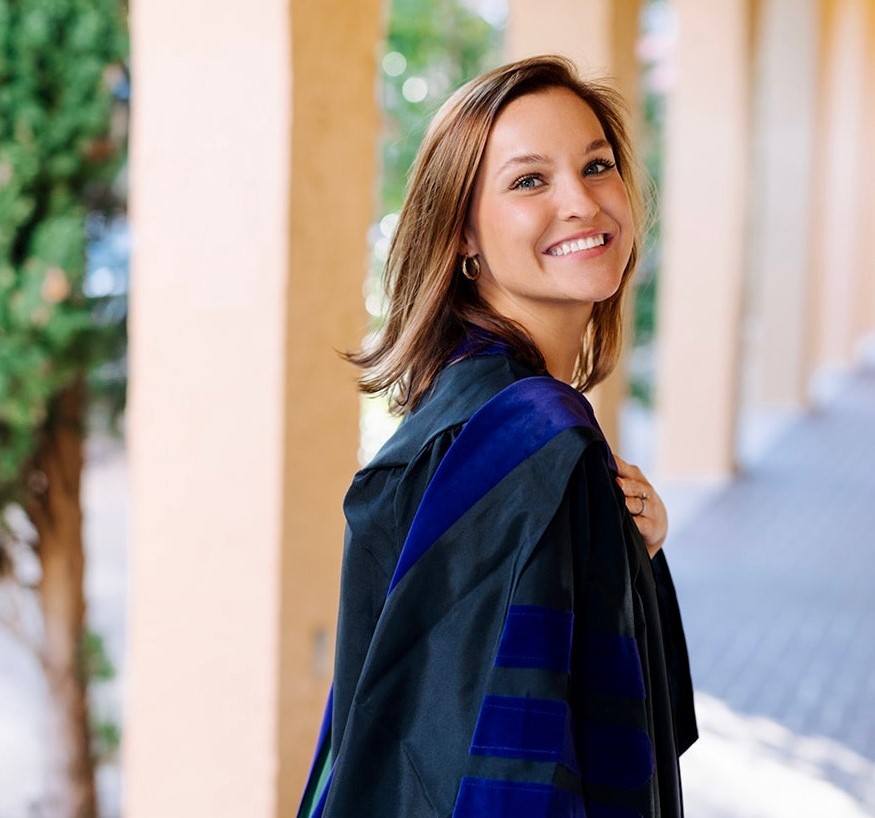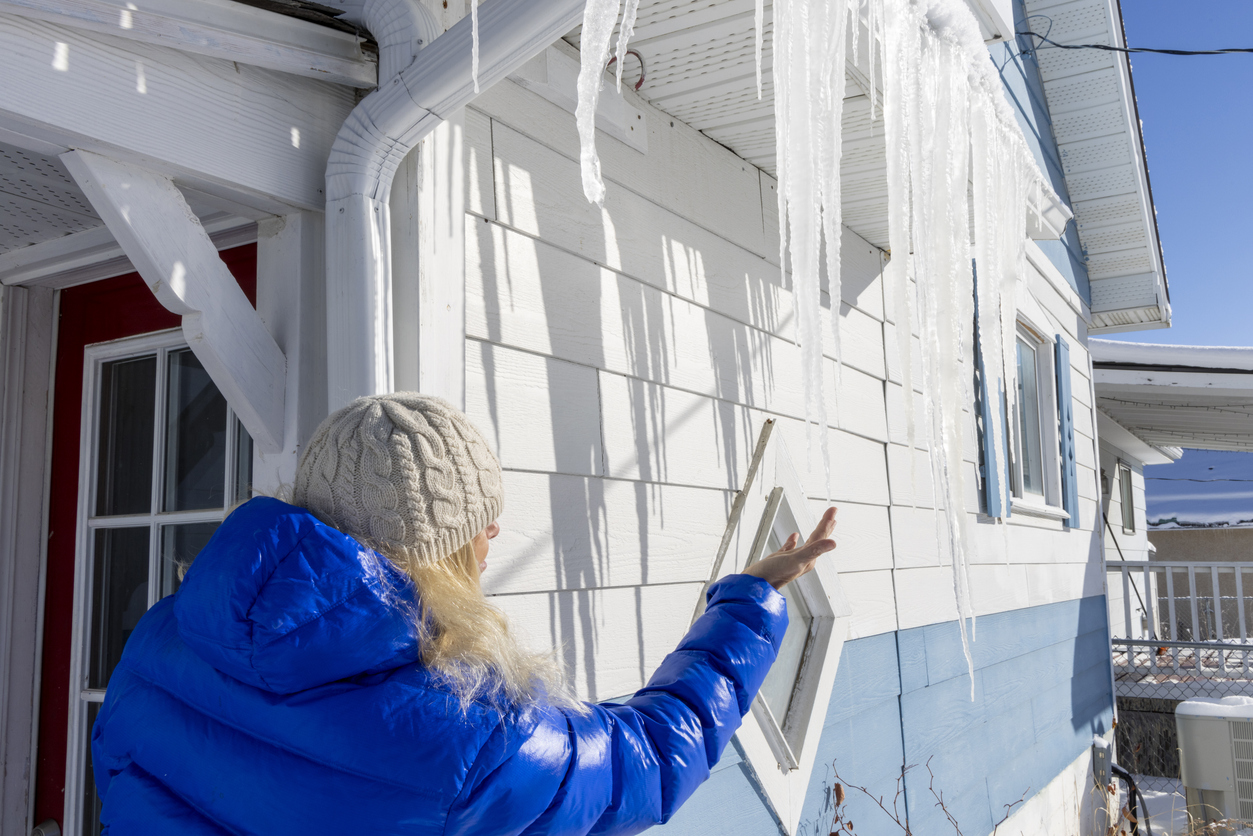The point of this blog is to implore policyholders to buy what is commonly called code upgrade coverage – formally known as law and ordinance coverage. I was thinking about this after reading two different articles discussing very different losses in very different parts of the world.
Australia has been suffering from historic wildfires. I routinely read and learn from Commonwealth academics about their view of insurance, although it is different from our view in America. Still, a recent article by Australian insurance Professor Allan Manning,
Rebuilding Buildings Destroyed in The Bush Fires, reminded that communities should not simply rebuild after catastrophes without considering how we should build differently to avoid repeat disasters:
In 1666, Sir Christopher Wren was already drawing up plans for the new London while the city was still burning during what we now know as the Great Fire of London. I am not sure we are as fast thinking as that in the 21st Century.
One thing that is clear is that it would be fool hardy in the extreme to rebuild as was and expect a different result in the future. We see this in flood zones all the time and it is plain stupid.
In my own experience, on Christmas day, 2018 my own home caught fire due to a fault in a television. Following that fire I incorporated an isolation switch in the new wiring (and on all other televisions) so that I could and do turn the television off at the wall whenever it is not being used. I also greatly improved the smoke detectors throughout my home and replaced the single fire extinguisher that I used to put out the fire with 5 placed strategically around the home.
After the extinguisher ran out, I went to use a garden hose but that was not long enough. I upgraded all the hoses so that this would not be a problem again.
Although my wife alerted us to the fire early enough that the insulation in our ceiling did not catch fire I removed the combustible material from the entire roof space and replaced it with rock wool which will not spread a fire.
All these decisions were based on the lessons learned from the experience so that the chances of a re-occurrence are reduced.
While I expect a lot will come out of the Royal Commission, but the question is what will be different from the one after the Black Saturday fires. Here many recommendations lie ignored or discarded after failure of implementation, most notably the planned burning (hazard reduction) targets and property buyback schemes recommended.
Earlier in the day, I had been reading academic articles about earthquake fault lines discovered only recently in Puerto Rico, which appear to be the same ones involved with the recent earthquakes in Southwest Puerto Rico. One article noted how older structures, built before new building codes were in place, are especially vulnerable to earthquake damage:
Local media has reported that there are approximately 100,000 housing structures built on stilts in Puerto Rico, and approximately 95% of public school buildings have been built prior to the existing building code currently in use. Both of these categories of buildings are especially vulnerable to shaking.1
Puerto Rico has an entity, Puerto Rico Strong-Motion Program, whose mission is to:
The goal is to objectively identify and characterize: (i) the ground response, as well as the civil infrastructure response upon seismic loads, and (ii) provide reliable strong motion data to the academic community to enhance the regulations of the construction codes.
It is common for governmental entities to change laws to require better and different methods of construction to reduce loss. It should also be obvious to insurance agents and policyholders that the older the insured structure, the greater the likelihood is that the structure will not be in compliance with newer building codes, which often are meant to reduce future property damage and loss.
It is common sense to build differently as our world and technology changes so we can construct safer and less risk-prone structures. It is also common sense to always purchase law and ordinance coverage. The older the structure, the more important this coverage is so policyholders can afford to rebuild to the new building laws which inevitably are going to be required from lessons and science.
Thought For The Day
You can’t build a great building on a weak foundation. You must have a solid foundation if you’re going to have a strong superstructure.
—Gordon Hinckley
_____________________________________
1 https://temblor.net/earthquake-insights/puerto-ricos-winter-2019-2020-seismic-sequence-leaves-the-island-on-edge-10321/




